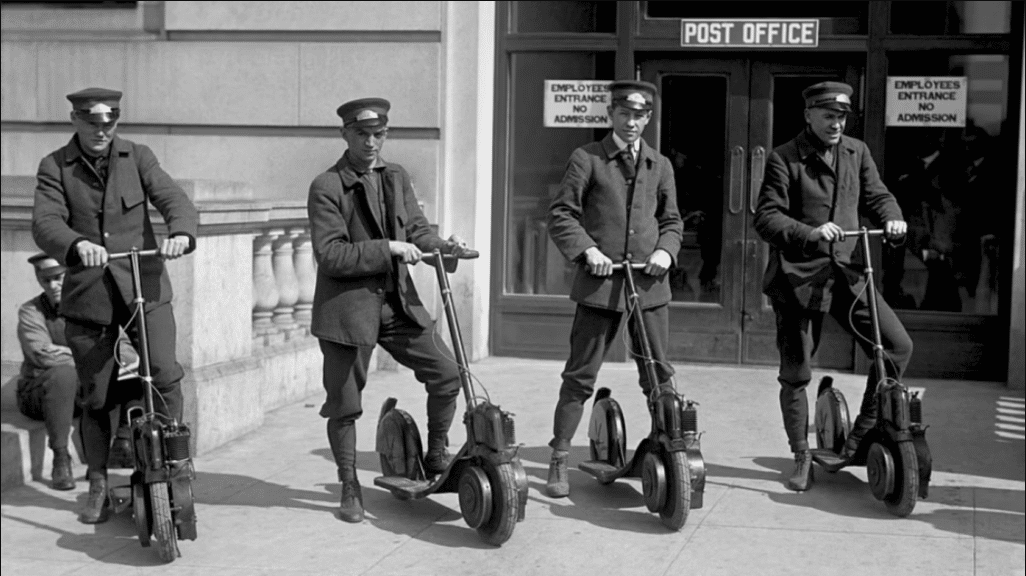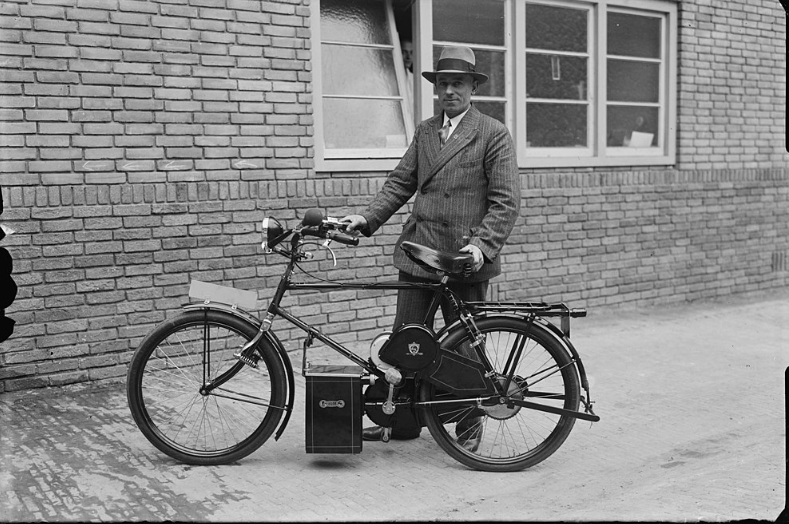The popularity of electric bikes and electric scooters (e-bikes and e-scooters) has taken off over the past few years. Lithium-ion batteries are usually the source of power for both, and if not used correctly or damaged, those batteries can catch on fire or explode. Whether you use e-bikes or e-scooters as your main way of getting around or just for fun, there are important safety tips to keep in mind when charging or storing these devices.
History Of Electric Scooters & Bikes

Did you know, that the first electric scooters appeared on the streets over one century ago? Today, electric scooters are one of the best ways for commuters to get to the office while avoiding public transport. But these environmentally friendly modes of transportation are also perfect for anyone that wants to enjoy a convenient - and more sustainable - lifestyle.

In the 1890s, electric bicycles were documented within various U.S. patents. For example, on 31 December 1895, Ogden Bolton Jr. was granted a patent for a battery-powered bicycle with "6-pole brush-and-commutator direct current (DC) hub motor mounted in the rear wheel" (U.S. patent 552,271). There were no gears and the motor could draw up to 100 amperes from a 10-volt battery.[
5 Electric Bike & Electric Scooter Safety Tips For New Owners
The main danger of these electric devices are the lithium batteries they come with. If you're a first time owner not knowing these can be crucial. One tricky aspect of the lithium batteries is that they cannot be put out simply with water. Nonetheless, these tips will help you prevent a possible fire.
1. Only use the battery and the charger that
were designed for, and came with, the device.
2. Do not keep charging the device or device
battery after it is fully charged.
3. • Keep batteries at room temperature when
possible. Do not charge them at temperatures below
32°F (0°C) or above 105°F
(40°C).
4. • Do not store batteries in direct sunlight or
inside hot vehicles, and keep them away
from children and liquids.
5. Do not put lithium-ion batteries in the trash.
Recycling is always the best option. Take
the batteries to a battery recycling location
or contact your local waste department for
disposal instructions.
Lithium-ion batteries supply power to many devices other than e-bikes and e-scooters, including smartphones, laptops, e-cigarettes, smoke alarms, toys, and even cars. These devices and batteries can also lead to fires or explosions. Learn more by visiting the NFPA Lithium-Ion Battery Safety page.
#6: Always wear an approved helmet
Every bike rider, E-Bike or not, should wear a helmet when they ride, regardless of age, speed, or the legal requirement to do so. It's the best safety step you can take. It's also the law in many states, depending on the age of the rider and the type of E-Bike you're riding.
Modern bicycle helmets are lighter, better ventilated, and more comfortable that the helmets of just a few years ago. Riders seeking the best options might choose a MIPS helmet (multi-directional impact protection), a technology that attempts to reduce rotational impacts. No helmet is perfect or foolproof, but studies suggest that the MIPS design could reduce concussion and traumatic brain injury compared to traditional helmets.


